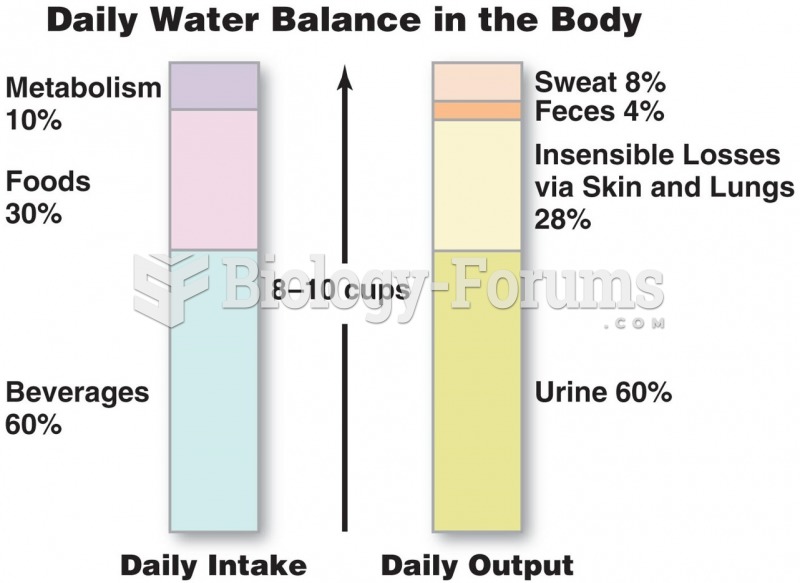Bertha is a 71-year-old woman who takes daily medication for Hashimoto thyroiditis. Last winter, she developed pneumonia. While she did her best to run errands for her husband, she got tired easily and needed to rest frequently.
One day, after shoveling the snow outside, her husband came inside to find Bertha lying on the sofa covered in blankets. Her face appeared puffy and her eyelids hung. When he spoke to her, Bertha's voice was hoarse and her words did not make sense to him. Her respirations were also shallow and slow. Suspecting low thyroid hormone levels were causing the signs, her husband called for an ambulance.
When testing for hypothyroidism, why is the free T4 level an important measurement? What would the TSH and T4 test results indicate in someone with primary hypothyroidism?
Using your knowledge of the function of thyroid hormone in the body, explain why Bertha's respiratory rate was decreased? Why might pleural effusion be present in someone with hypothyroidism?
What factors in Bertha's history leave her susceptible to myxedematous coma? What are the physiological aspects involved in myxedematous coma?
Question 2
Juan is a 44-year-old who works in a warehouse. He is 58, weighs 185 pounds, and has a waist circumference of 41. At his last visit to the health clinic, Juan's blood pressure was 140/60 mm Hg.
Shortly after having a series of blood tests, his physician called him in to talk about the results. Juan had a fasting plasma glucose level of 107 mg/dL, an HDL level of 37 mg/dL, and a serum triglyceride level of 210 mg/dL.
What condition is Juan likely presenting with? What are the spectrum of physiological abnormalities that occur with this disorder?
What is the significance of Juan's waist diameter? How is truncal obesity hypothesized to increase insulin resistance in the body?
In type 1 diabetes, there are hypoinsulinemia and hyperglycemia. In type 2 diabetes, it is common to see hyperinsulinemia and hyperglycemia. Why do the differences exist?







